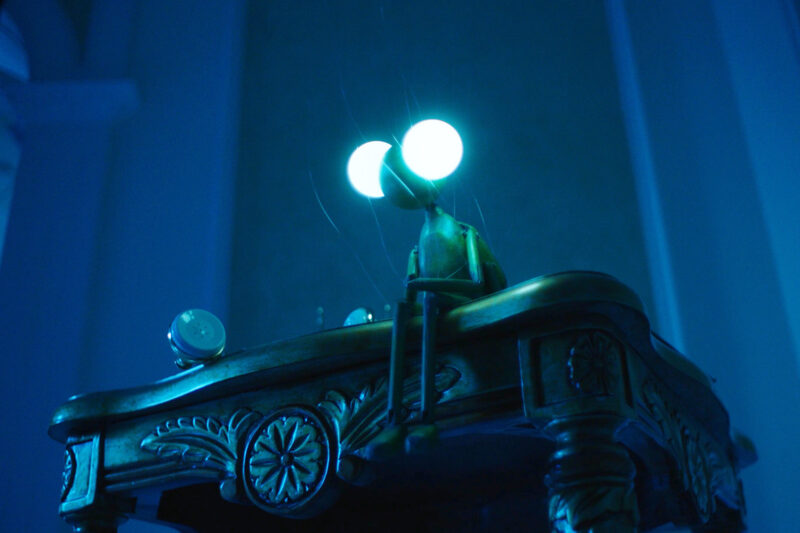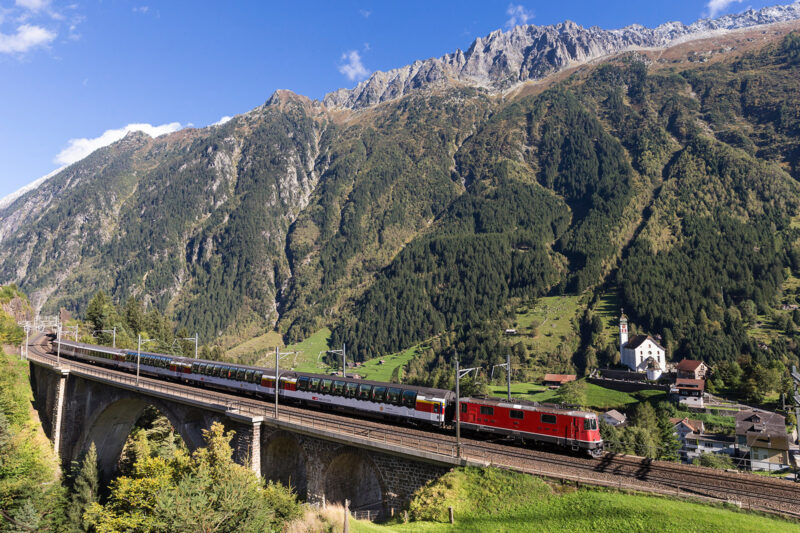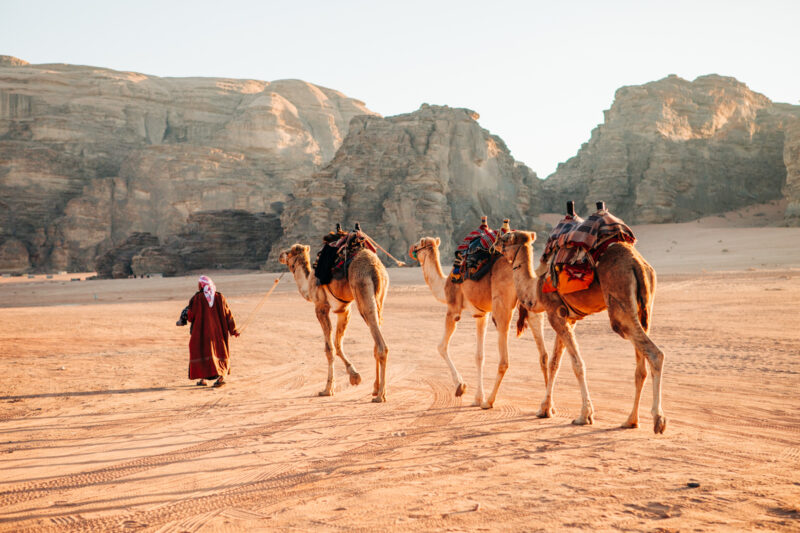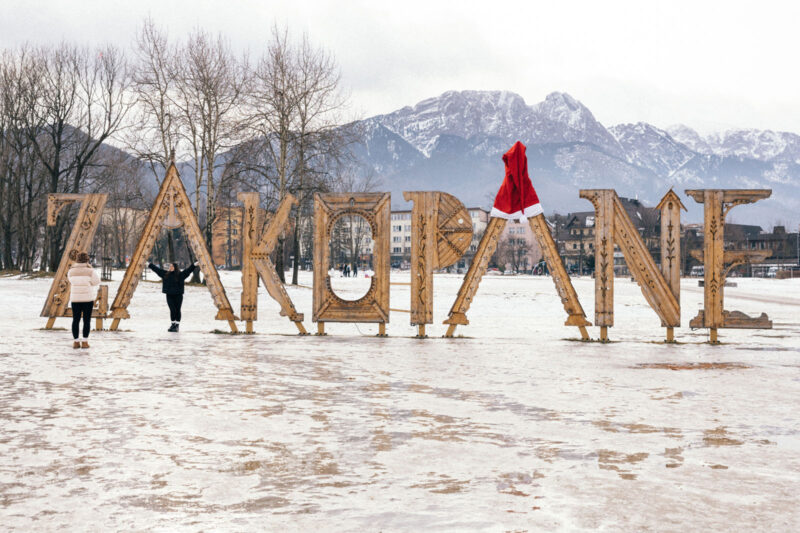British Muslims retrace sacred prophetic footsteps from Mecca to Medina
The hikers are believed to be the first Brits to have performed the hijrah as closely to the exact route of the prophet Muhammad’s own journey
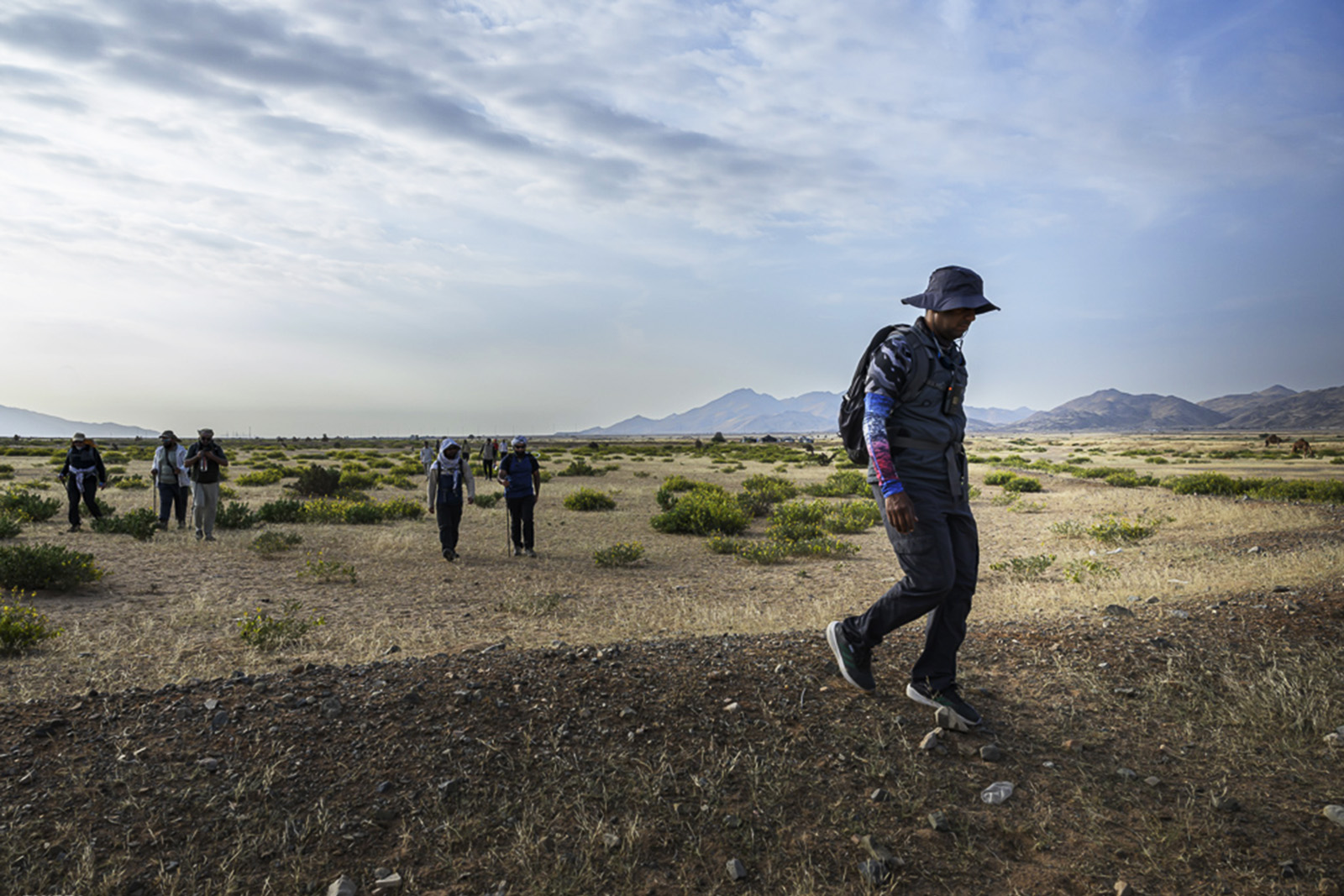
A group of men pause momentarily to rest in the shade of a large boulder and take a sip of water. Scarves cover their noses and mouths to protect them from the dust; their feet sink into ever-shifting sand dunes.
Their guide explains this is the boulder the prophet Muhammad rested under during his hijrah. Their faces turn pale at the realisation that they have touched something that was once touched by the prophet.
“My goodness, we’re really walking in the footsteps of the prophet!” exclaims the group’s leader, Waseem Mahmood, a barrister from Bradford.
These 12 men came together with one shared goal: to retrace the prophet Muhammad’s journey from Mecca to Medina in Saudi Arabia, when he made his hijrah, or migration, to escape the persecution of the Makkans 1,446 years ago in the Hijri calendar.
The group, from doctors to musicians between their late 20s and 50s, are believed to be the first British Muslims to have performed the hijrah as closely to the exact route of the prophet’s own journey.
A documentary about their expedition, Hijrah Walk: Retracing Prophetic Footsteps, filmed and directed by photographer Faisal Mirza, will premiere in Bradford in September.
For 12 days and nights, the men followed the route taken by the prophet as outlined by Dr Abdullah al-Kadi, a Saudi cleric, author and professor of urban and regional planning. His book, Makkah to Madinah: A Photographic Journey of the Hijrah Route, released in 2013, is an illustrated chronology of the 236-mile hijrah based on years of field research using GPS technology, historical documents and interviews with experts.
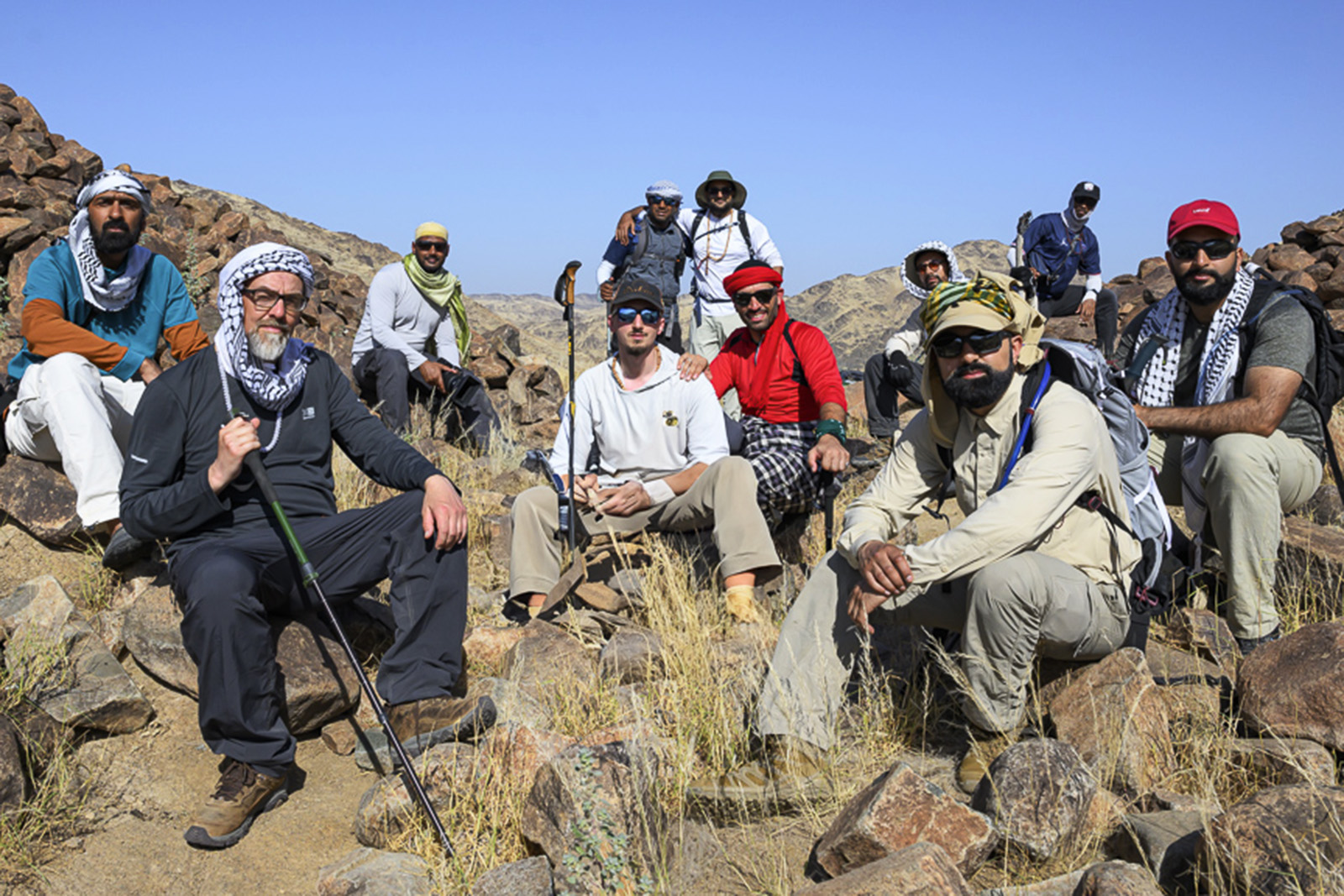
The group began their journey in February this year. Led by a local guide, they left Mecca going south in the early hours after praying tahajjud and eating a simple breakfast of coffee and dates. At this time of the year temperatures before dawn are a mild 10C — the perfect time to cover as many miles as possible before midday, when temperatures climb to above 30C.
The documentary traces the tricky and unforgiving terrain of the desert in Mecca — barren sand laden with sharp stones broken with inhospitable rocky mountains. Though Medina is to the north of Mecca, the prophet had intentionally taken this misdirection southwards to throw off trackers who were hunting him down.
As the walkers continued their journey, moving miles away from civilization, they only had snakes, lizards, tarantulas and scorpions as companions. “We had a falcon flying over our head for a day or two, it was just surreal. Our guide said: ‘I’ve never seen a falcon like that. He’s following us like he’s been sent by Allah’,” recalls Mahmood.
They passed the valley of Qudaid, an area of narrow ridges and volcanic rock. It was a key point in the prophet’s hijrah, where he met Umm Ma’bad, a Saudi woman known in the prophet’s Seerah for her eloquent physical description of him, words now found framed in many Muslim households.
The most important aspect of the group’s hijrah journey was indeed the spiritual one. Mahmood and fellow traveller Bilal Hassam are moved to tears even now, some six months later, while retelling it.
Mahmood says they would observe a period that he describes as “sacred silence”. He says it was a form of khalwa, the Islamic concept of going into seclusion for spiritual reflection or enlightenment.
“All you could hear was people walking, there were many times where it was just you and your thoughts and the vast desert,” he says.
During the day they would keep to a strict schedule – vital to prevent injuries and exhaustion. “When it was time to walk, it was time to walk, when it was time to eat it was time to eat, and when it was time to sleep, it was time to sleep.
“We were hungry and tired and sweaty and hot and bothered, but we were also uplifting each other and we were supporting each other,” Hassam says.
The days would end sitting around the campfire together, stargazing for hours.
At the midway point of Juhfa — another key location marking the first time the prophet Muhammad turned and looked back to Mecca — the natural landscape began to change. “The colours of the stones changed. We saw some streams and green meadows and we were told by the guides that some of this greenery and water were not there a couple of years ago. At times we thought we were in Yorkshire, not Saudi,” Mahmood explains.
Heavy rainfall in recent years has seen many arid areas in Saudi Arabia, particularly those in the Hijaz, transform into lush greenery. This could be linked to climate change, but Muslims also believe that one of the minor signs of the Day of Judgement is the deserts of Arabia turning green.
After 12 days walking, the group finally made it to Medina, jumping together through the archway on Quba Road. Pumped with adrenaline, Hassam says they were overwhelmed and all broke down in tears upon their arrival.
“That sense of fraternity is a big theme of the Seerah and something we got to experience,” says Hassam. “There were a lot of hugs and this sort of intimacy is so important, especially in the lives of men. We tend to be very macho and not share our innermost fears and hopes and, but this is something we got to experience.”
After having been in a spiritual bubble for almost two weeks, it was strange to adjust to normal life.
“I would go to gatherings and normally I’m quite energetic,” says Mahmood. “People who knew me said: ‘You seem really quiet.’ Or: ‘You look like you’re here, but you’re not here.’
“And I would say, ‘I’m still in Medina. I’ve not come back.’”
 Newsletter
Newsletter


